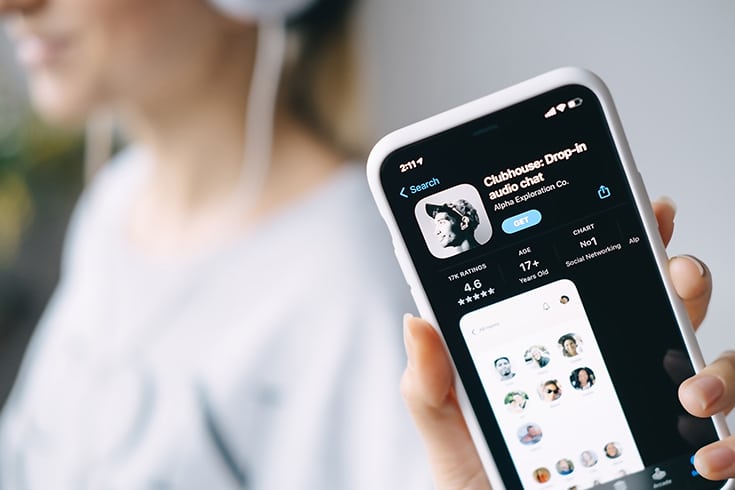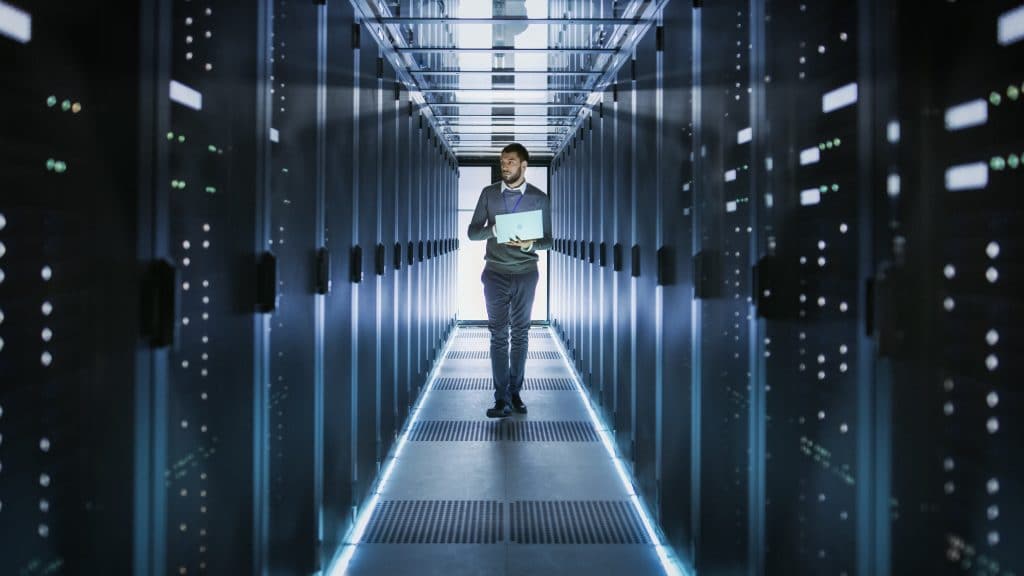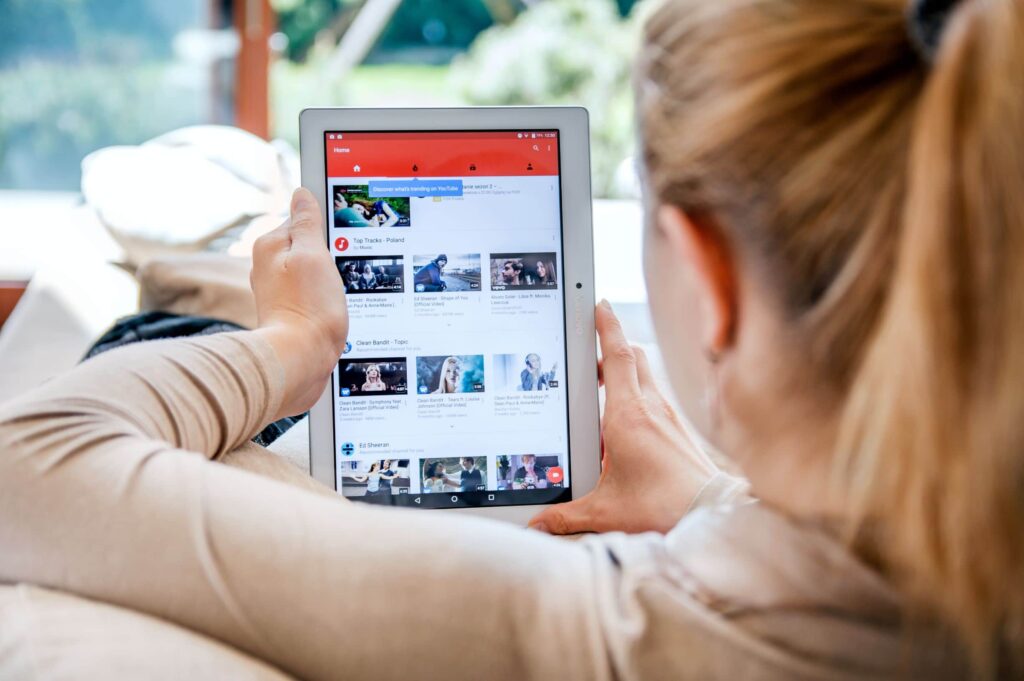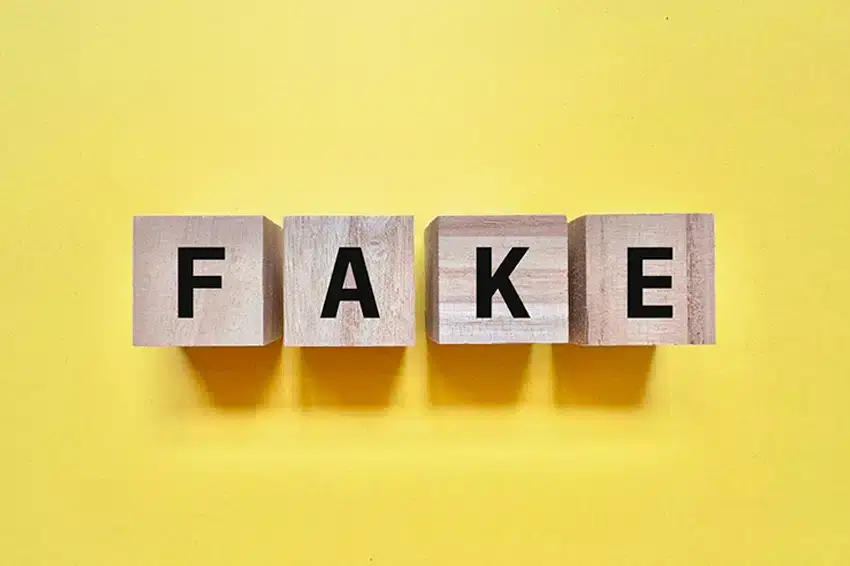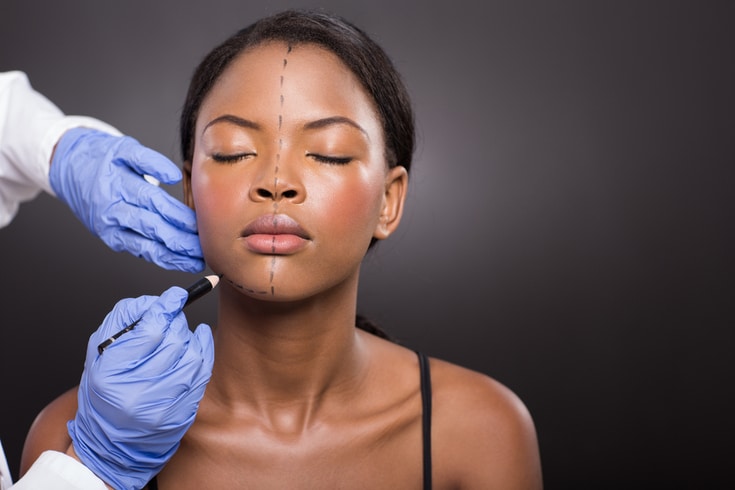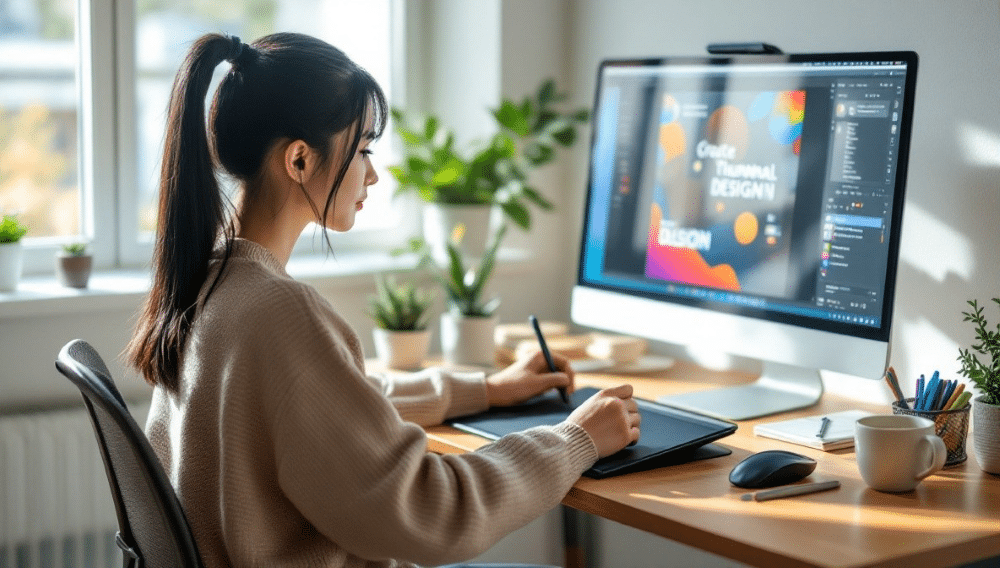Legal Liability for Using Images Believed to be Free Material but are Not
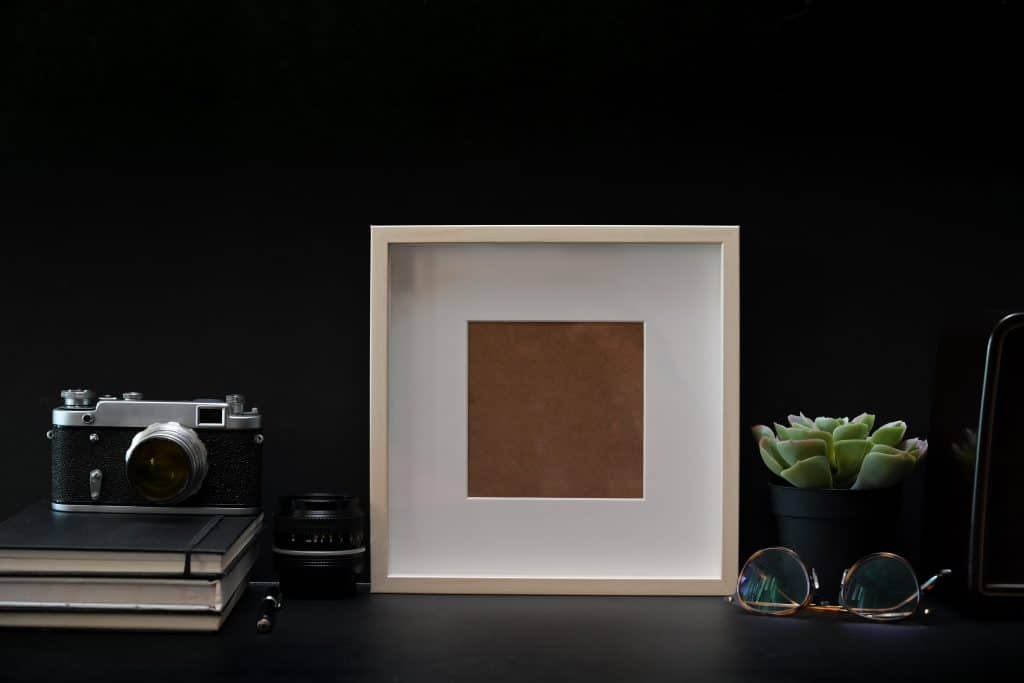
You may sometimes use free materials for the buttons and icons on the websites you create in-house. In such cases, you might search for images using search engines with keywords like “free material image” or “copyright-free image”, and use the images that appear in the search results.
However, it is actually risky to assume that an image displayed in search engine results is free material and use it for buttons or icons. This is because not all images displayed in search engine results are necessarily free materials, and there may be images that require permission to use. Also, there may be cases where images that are not actually free materials are mixed in on sites that introduce free materials. Therefore, in this article, we will explain the legal responsibilities when using images that are not free materials, believing them to be so.
https://monolith.law/corporate/points-of-using-free-materials[ja]
https://monolith.law/corporate/quote-text-and-images-without-infringing-copyright[ja]
Legal Liability When Using Images Believed to be Free Material
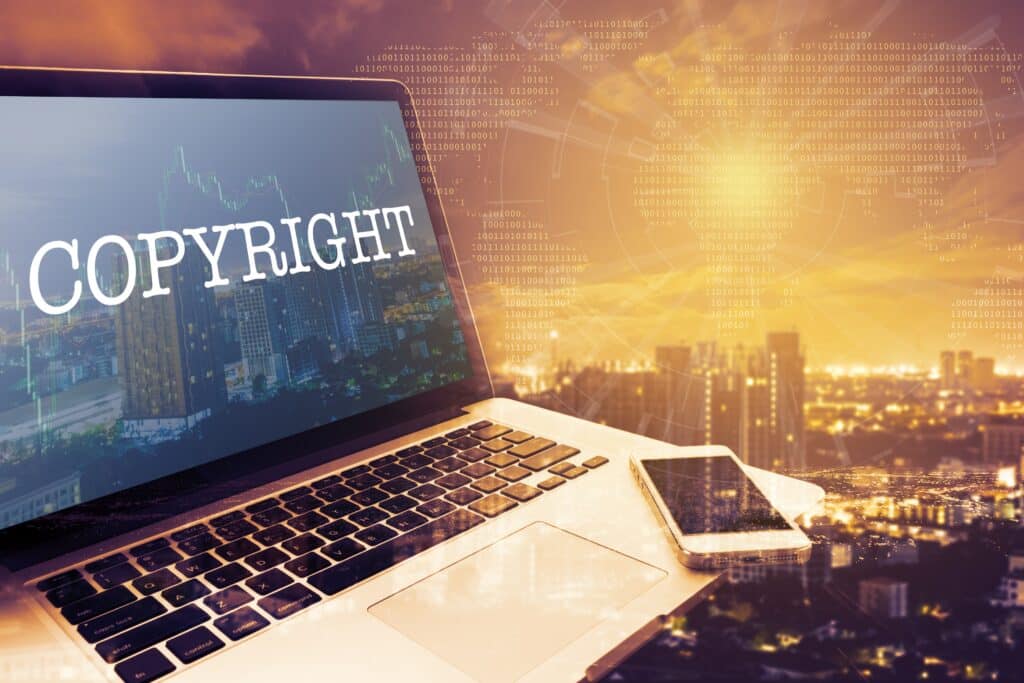
If you use images or other materials believing them to be free when they are not, you may be infringing on copyright and could potentially face the following claims from the rights holder:
- Liability for damages based on tortious acts (Japanese Civil Code Article 709)
- Claims to cease infringement actions, etc. (Japanese Copyright Law Article 112)
Liability for Damages Based on Unlawful Acts ①
Article 709 of the Japanese Civil Code stipulates, “A person who infringes the rights of others or legally protected interests by intent or negligence shall be liable to compensate for the damage caused by the infringement.” If you use images that you believe to be free material but are not, it could be said that you have “infringed” on the “rights of others,” which are copyrights. Also, since the copyrighted material is being used without permission, you cannot receive license fees that you could have originally received, so it could be said that “damage” has also occurred. Regarding the damage caused by copyright infringement, Article 114 of the Japanese Copyright Law stipulates matters related to the calculation of the amount of damage, as it is difficult to calculate.
However, if you are in the position of someone who used images that they believed to be free material but were not, you would want to argue, “I thought it was free material and used it, so there is no intentional negligence.” In fact, there is a similar court case (Tokyo District Court, Heisei 26 (2014) (Wa) No. 24391, April 15, Heisei 27 (2015) judgment), and the person who used images that they believed to be free material but were not was found to have a liability for damages of about 200,000 yen.
Case Overview
In this case, the defendant posted a photo on their website from July 5, Heisei 25 (2013) to January 15, Heisei 26 (2014). The plaintiffs, who claim to be the copyright holders, exclusive users, or authors of the photo, filed a claim for damages based on an unlawful act and selectively claimed for unjust enrichment.
Defendant’s Argument
In response to the plaintiff’s claim, the defendant made the following arguments:
- When creating the defendant’s website, a photo was posted by the defendant’s employee, who is believed to have mistakenly believed it was “free material.”
- Although they do not remember how they obtained the data, they did not collect photos by copying thumbnail images displayed as a result of image searches on Yahoo or Google.
- Since the photo does not contain information indicating that it is the plaintiff’s copyrighted work and they were not aware that it was the plaintiff’s copyrighted work, negligence cannot be recognized.
- Generally, it is not prohibited to use free material, and it is considered that there is a duty to remove the photo if warned that it is a copyright infringement. The defendant complied with this and promptly removed the photos from the defendant’s website after the plaintiffs’ indication.
In other words, the defendant argued that they cannot be recognized as negligent because they obtained the photo as free material in an appropriate manner and could not tell whose copyrighted work it was from the photo.
Court’s Judgment
In response to the defendant’s argument, the Tokyo District Court made the following judgment, recognizing the defendant’s obligation to pay about 200,000 yen.
The defendant argues that if they are required to investigate the rights of copyrighted works without identification information when obtaining photos from free sites, freedom of expression (Article 21 of the Constitution) would be harmed, and it would be sufficient to remove them upon warning.
However, even if E (the defendant’s employee) obtained the photo from a free site, it is natural to refrain from using copyrighted works with unclear identification information and rights, as there is a possibility of infringing copyrights, etc., and there is no reason to interpret that they can be exempted from responsibility just by removing them upon warning. The defendant’s above argument is based on their own view and cannot be adopted.
In other words, even if you obtained the photo from a free site, if you use a photo with an unknown source, you can foresee that you may infringe copyrights, etc., so you cannot be exempted from responsibility. Even if you use images that you believe to be free material but are not and argue that “I thought it was free material,” you may be found liable for damages, so be careful.
However, even if you use images that you believe to be free material but are not, theoretically, if special circumstances are recognized where intentional negligence cannot be recognized, the obligation to compensate for damages may be denied.
Request to Cease Infringement and Other Actions ②
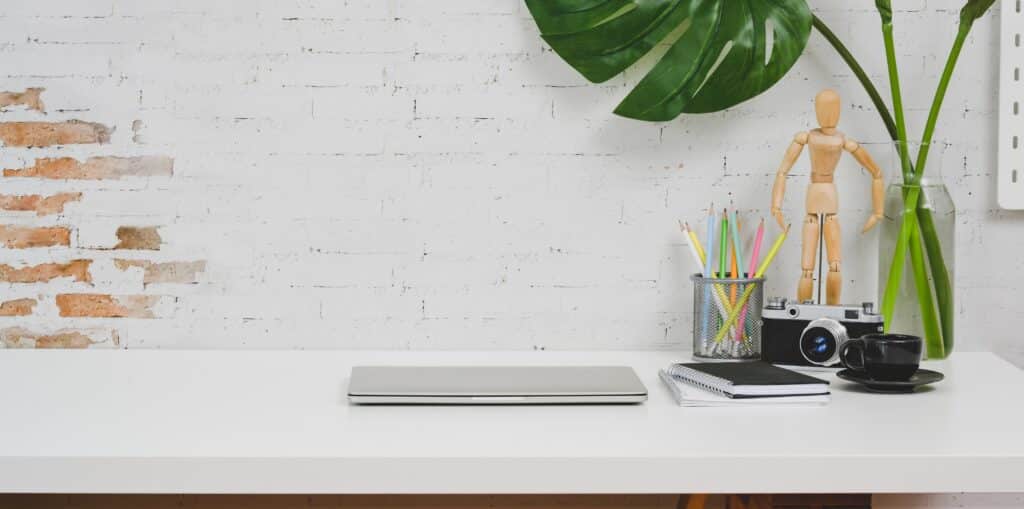
Article 112 of the Japanese Copyright Law stipulates the following requests:
- Request to stop infringement against the person committing the infringement (Article 112, Paragraph 1 of the Japanese Copyright Law)
- Request for prevention of infringement against the person committing the infringement (Article 112, Paragraph 1 of the Japanese Copyright Law)
- Request for necessary measures to stop or prevent infringement, such as disposal of objects that constitute the act of infringement, objects created by the act of infringement, or machines or tools exclusively used for the act of infringement (Article 112, Paragraph 2 of the Japanese Copyright Law. This request can only be made in conjunction with one of the above requests.)
While the request in ① is for compensation for the damage suffered by the person whose copyright has been infringed, the request in ② is to stop the infringement of rights such as copyrights. There are differences in the content of the requests in ① and ②.
Difference between ① and ②: The Necessity of Intent or Negligence
Theoretically, ① and ② can be distinguished from the perspective of the necessity of intent or negligence. As previously mentioned, for claim ① to be recognized, ‘intent or negligence’ was required.
On the other hand, for claim ②, the presence of intent or negligence on the part of the infringer is not a requirement. Thus, it is possible to distinguish between claim ① and claim ② from the perspective of the necessity of intent or negligence.
Summary
We have explained the legal responsibilities that may arise when using images and other materials that are not free, even though they are believed to be free. If you use images that are not free for buttons or icons, believing them to be free, you may be held legally responsible even if you were unaware that they were not free. Therefore, it is advisable not to use images provided by others for buttons or icons if you think they might be free but have no confirmation. When using images provided by others for buttons or icons, it is best to use them only when you can objectively confirm that they are indeed free materials.
Category: Internet



